The Last Reindeer Herders Tribe in China
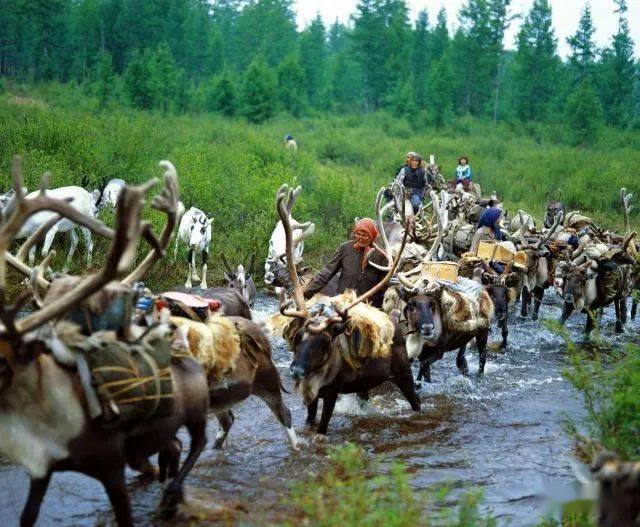
By Lee Mao Qing ( our tour operator and guide)
The stories and myths about antlered friends, the reindeer, are told almost in everyone’s childhood. In China, it is believed that the Evenki people, who inhabit in the boreal taiga forest in far northeast Inner Mongolia, are the only fairy animal herders.
The reindeers are numbered 1600 in China, less than the national treasure pandas of 2200 wild and raised ones. The Evenki people in Genghe, far northeast Inner Mongolia raise 1400 ones.
The pasturing area covers the total area in the north of Genghe city, with the border to the west and north with Russia and Helongjiang province to its east. In wintertime when food is not enough, reindeer may travel some hundred kilometers in the snow-covered taiga forest. The herders follow the flocks of reindeers , take care of them by keeping off predators, set fire to smoke the tick which is popular in the arctic area.
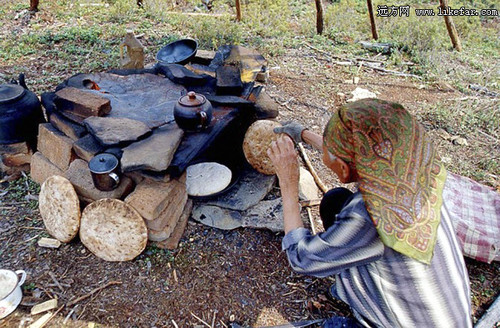
The Evenki people pitch their teepee, a half-folded style tent in the forest for shelter. In Summertime, the teepee is made of birch bark which is cool with more fresh air blowing. In wintertime, the teepee is replaced with thick leather from the reindeer, which is warm enough when the temperature is minus 30 centigrade.
The leather from the carcass of reindeer is the main material for the women to sew the clothes for the family. The hat, jacket, gloves, pants and boots are all leather with fur. Even the sinew from the reindeer is used as thread, nothing is wasted. They wear several layers of garments in winter to keep off the freezing cold. In summertime, the Evenki wear ordinary modern clothes. Men usually wear camouflage clothing when herding in the forest, to avoid strong color to keep their reindeers quiet.
In 2003, the local government built a cluster of concrete houses at Aoluguya Township, just a few kilometers to the west Genghe city. All the houses are free for these herders if they agree to move out from the forest and give up hunting for rare animals protection. As a condition to get the free house, 230 people form the hunting tribe stamped with their fingerprints on the contract, only a lady, Maria Suo refused to stamp her fingerprint on the paper. She chose to give up the free house and return stay in the forest with the reindeer. Some of the Evenki people who had stamped their fingerprints broke the paper and followed her to enter the forest.
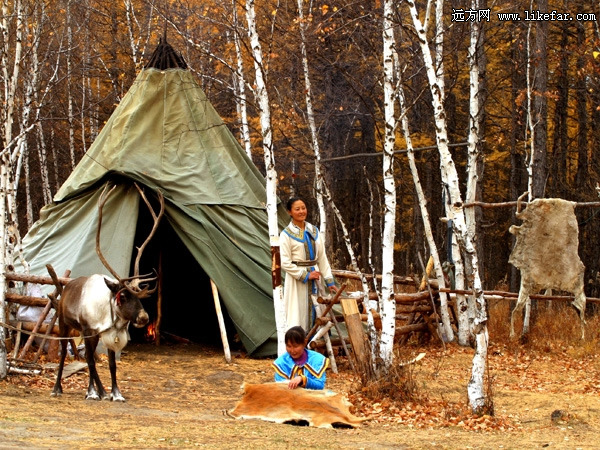
Maria Suo became the headwoman of the Evenki hunters. People say she knows the reindeer than anybody else, she knows where to find the moss, fungi, and other most nutritious food. Wherever she goes, she is always surrounded by the reindeer.
In August 22 of 2022, Maria Suo died in peace in the forest at her age of 101. Actually she even didn’ t know her birthday, people get her age in reference with the people who live around her.
The Evenki of Aoluguya reindeer herders are estimated of 316 in 2021. Their old story tells their ancestors immigrated from Lena River which feeds Berga Lake in 17 century. In the history the group was known as Yakuts in Chinese document. Yakut is also known today as a region, the Sakha Republic of far northeast Russia. Yakha (Yakut) people speak Turkic, with a population of 478,085, one of the biggest ethnic groups in Siberia. Both Sakha in Russia and Aoluguya Evenki have an Asian face, their clothing design for special occasion is similar. The only difference between the two groups is that Sakha is not the reindeer raisers.
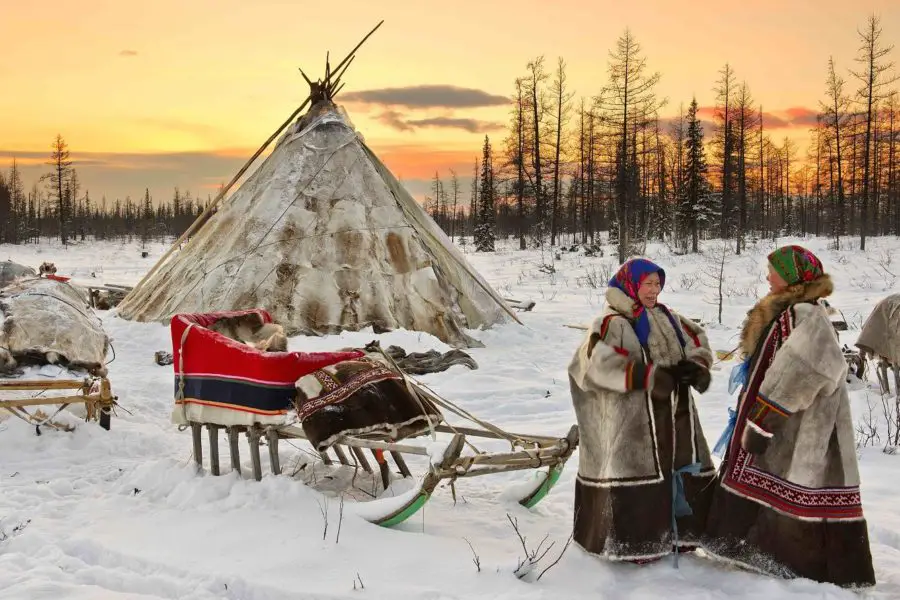
2300 kilometers to the west of Sakha Republic, in the Yamal Peninsula are inhabited with the Nenet people, who own the same face of those Evenki in Inner Mongolia and Sakha Repblic. The Nenets , like Evenki in China, are the herders of reindeers. Both build the same style of teepee, a tent when herding reindeer in the forest, wear same style of dress. Can the three groups are the same descendants of the same ancestors , who probably originated in the range of Altai Mountain across Xinjiang of China to Kazakhstan to Russia ? Though the tree regions are far to each other over thousand kilometers, but for flocks of reindeer to transfer from one pasture to the other, the distance is just not worth mention. Maybe the bio geneticists can tell us one day in the near future.

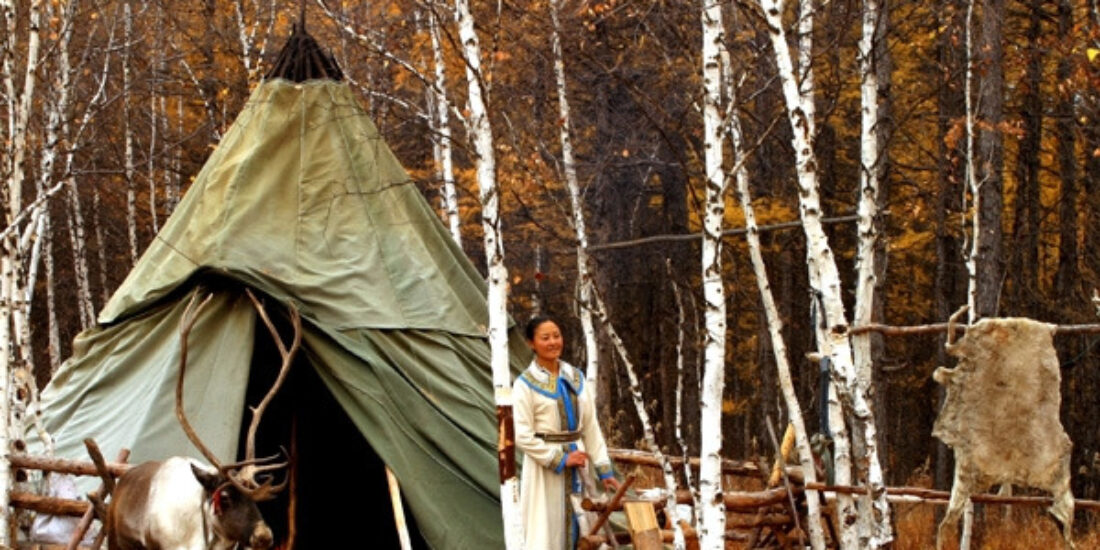
0 Comments